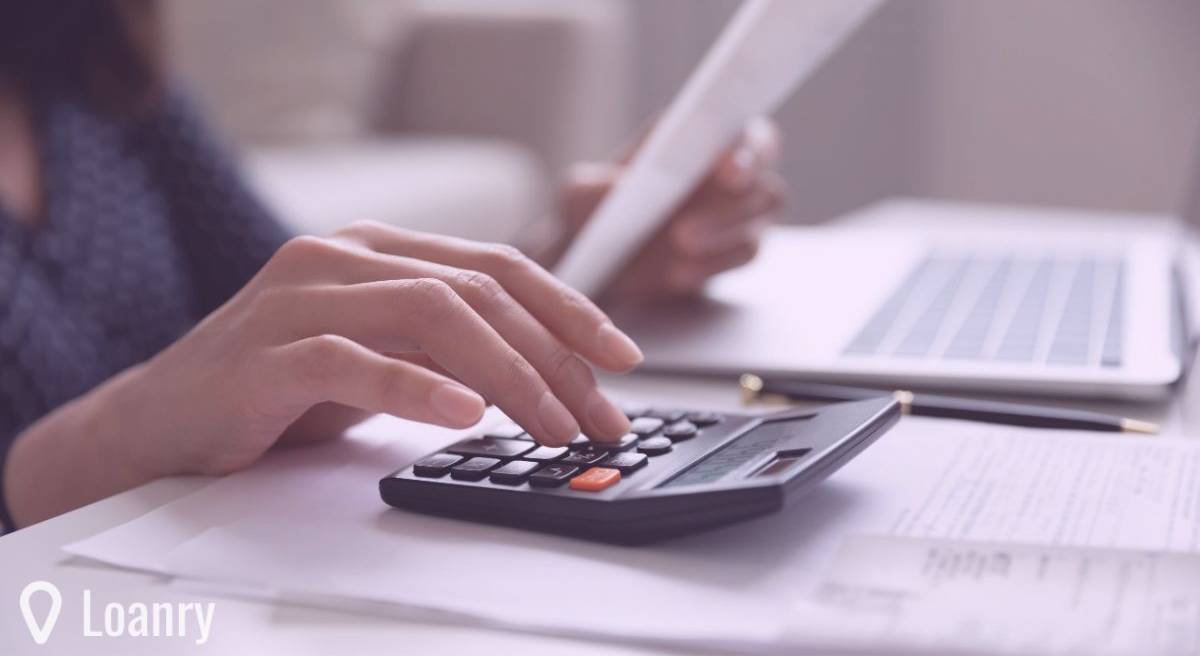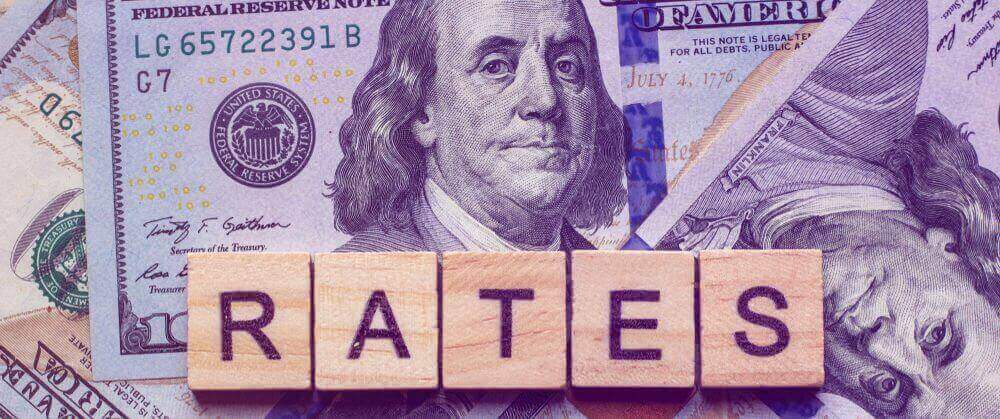
Getting a personal loan can be a wise financial decision that may help you pay off some debt and consolidate your payments into a single package. Depending on your needs, it can also provide financing for a career change or new business. However, you shouldn’t just take the first loan you find but must do careful research to ensure you find the best option possible.
For example, you need to ask yourself, “What is a good APR for a personal loan?” correctly answer this question. Thankfully, we’ve done the hard work for you! In this article, you’ll learn about APRs on personal loans, what constitutes a reasonable APR, and things you can do to improve yours. This information should ensure you receive an outstanding personal loan!
What Is the Best APR for a Personal Loan?
A good APR (annual percentage rate) for a personal loan will vary heavily based on multiple factors (which we’ll discuss later) but typically range from 4-36%. Currently, the average APR for a personal loan for someone with a credit score of 720 or higher is about 20% for 3-5 year repayment schedules.
Rates May Differ
Credit score greatly impacts your APR. For example, the rate for someone with a credit score of 740 or higher is about 10.82%, which is a significantly lower rate than 20%. The best APR is as low as possible, but it is hard to get unless you have close to perfect credit. As a result, it’s essential to take a deeper dive into this subject so that you can better understand APR and its unique factors.
What Exactly Is an APR?
The APR on a personal loan isn’t just the interest rate. Instead, it consists of the interest and the fees that you pay over a year for the money that you’ve borrowed. It’s a figure used to compare the cost of borrowing for things like auto loans, mortgages, personal loans, and credit cards. Companies use it to determine how much you’ll pay in total and how much you pay monthly.
Your Lender Can Help You
As you might imagine, your APR is a reasonably complex element and requires a lot of careful calculation to fully understand. Your lender will sit down with you and explain your APR to ensure that you know how it was calculated and why they’re offering it to you. That said, you should understand this process yourself to improve your negotiations.
How Do Companies Calculate Your APR?
Before setting up your personal loan, lenders will take your interest rate and use it to calculate your APR. The process is the same for all personal lenders, meaning that you can expect similar results from most. Here’s an example of this process in work:
- Add Up the Loan’s Interest Rates and Fees
Let’s say your $30,000 personal loan has an interest rate of 8% and $500 yearly fees. Your monthly interest payments would be 0.08 divided by 12 (0.006) or $200. Added to the $500 fees, that’s $700 per month.
- Divide That Figure By Your Original Loan Amount
Now, you take that value you calculated earlier and divide it by your principal balance. Keep this number around because it matters heavily in your next step.
- Dividing That Figure By Days Remaining In Your Loan’s Term
Take the amount you made from the last step and divide that by the days remaining in your repayment cycle. That should be 365 multiplied by the number of years.
- Multiply That Number By 365
After the last step, take the number you calculated and multiply it by 365. That should give you a relatively low number that may not make much sense to you. T thankfully, the following step will help clear things up.
- Multiply the Final Figure By 100
Take your final result and multiply it by 100 to get your percentage. For example, you might have a result of 0.1456. Multiply that by 100, and you get 14.56. That’s your APR for your loan.
If all this is confusing to you or you consistently get a number that doesn’t make sense, you can use an APR calculator to gauge your rate ahead of time. This step is brilliant because it gives you an idea of whether your lender is providing a fair rate to you or not. While a higher offered APR doesn’t mean they’re trying to scam you, it’s worth pointing out to them in negotiations.
Does APR Differ From Your Interest Rate?
While some lenders may use the terms “APR” and “interest rate” interchangeably, they’re not at all the same thing! In fact, as you guessed by reading the section above, the interest rate is used to calculate the APR and is a separate thing altogether. It represents the cost of borrowing money as a percentage, while the APR includes all the costs of borrowing, which includes the interest rate, fees, and other charges. That means your APR is almost always higher than your interest rate.

Can Your Interest Rate and APR Be the Same?
Is it possible that your APR and interest rate will be the same? There’s an infrequent possibility that your lender may charge no fees with your loan: in that case, the APR and interest rate are the same. Don’t hold your breath waiting for that to happen, though: there’s a better chance of getting struck by lightning while winning the lottery during a shark attack.
Which Factors Affect APR?
When lenders set your APR, they typically look at several different factors, including your interest rate. They’ll decide your interest rate based on multiple elements. These can vary depending on the lender but usually include things like your:
- Credit Score: You typically want the highest credit score possible to get a great APR on your personal loan. A score of over 740 will provide the best APR by lowering your interest rates.
- Debt-to-Income Ratio: Debt-to-income ratios (DTIs) represent how much of your income goes towards your debt every month. A higher DTI indicates a riskier loan and will raise your APR. Typically, 36% or less is heavily preferred.
- Employment Type: Do you have a full-time, salaried position? Congratulations! You’ll likely qualify for a much lower interest rate and APR. Those who own a small business or who are self-employed are considered “less stable” economically.
- Income: How much money do you make every year? That can affect your APR. Typically lenders will lower your APR if you make more money because you’re a less risky investment.
- Loan Size: Larger loans often scare banks or lenders because they’re inherently more risky. As a result, a high-principal loan almost always comes with steeper APRs.
- Term Length: How long are you planning on taking to repay your loan? Loan term length heavily impacts interest rates and APRs. The longer your loan term, the higher your APR.
- Collateral: Offering collateral on a loan will result in lower interest rates because they’re far less risky. Why? Well, if you default on your loan, the lender can take the collateral and recoup some of their investment.
- Benchmark Rates: Lastly, lenders use benchmark rates like the Secured Overnight Financing Rate or the London Interbank Offered Rate to dictate rates to borrowers.
What Is a Good APR: How To Improve Your Rate
Did your lender offer you an APR higher than you wanted? That’s not unusual but can be very frustrating. However, it’s possible to manage this problem if you’re smart. You have power here! So, if you’re worried about your APR and think it might end up higher than you’d like, the following steps can improve your rate:
Improve your credit score by paying off debts and disputing discrepancies
Use a co-signer with a better credit score to reduce your interest rate
Reduce your debt further to decrease your debt-to-income ratio
Offer collateral on the loan to offset some of the interest rates
Consider a shorter repayment cycle (you might pay more monthly, so be careful)
Find a better and more consistent salary
Research your lending options using an app like Goalry
These steps require a little work but may improve your chances of a better APR. At Goalry, we can help you identify a lender that suits your financial status and which is comfortable providing a fairer and more consistent APR. While we can’t lend you money ourselves or promise that the steps mentioned above will work for you, we do believe that they’re the best options available for someone trying to raise their APR.
Final Thoughts
Now that you know the answer to the question, “What is a good APR for a personal loan?” it should be easier to find one that meets your needs. You’ll have to do some research on the varying options available to you to ensure that you find one that easily fits your financial needs. Talk with a loan provider or use the Goalry app to research your options and ensure your satisfaction.

Eric Benac is a freelance marketing professional with more than 10 years of experience. He stumbled upon the financial market during this time and fell in love with its many unique facets. He particularly enjoys writing content that helps working class people save money and improve their quality of life. In his free time, he enjoys listening to music, working on his latest sci-fi opus, composing and performing music, and being outdoors whenever possible. Currently, he has two books of music criticism to his name and lives in Lansing, Michigan.
